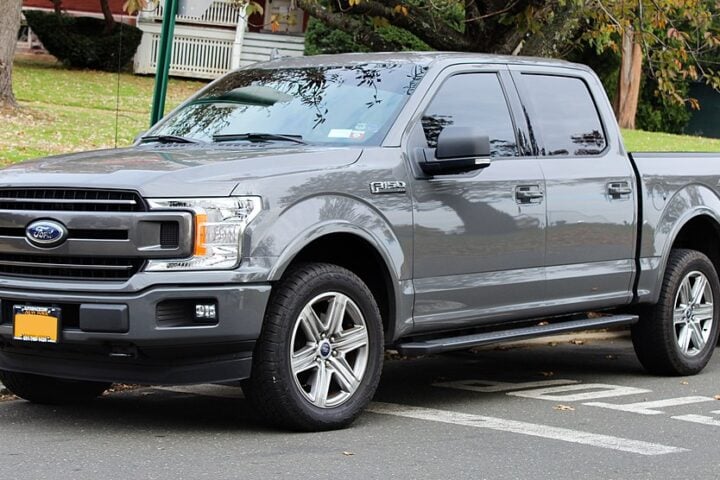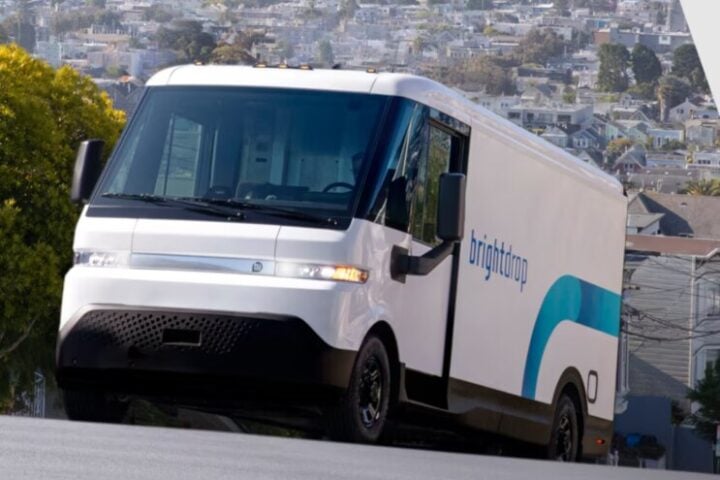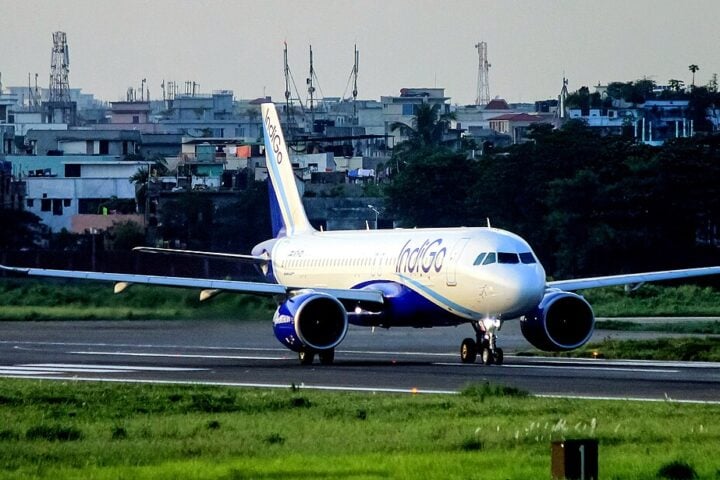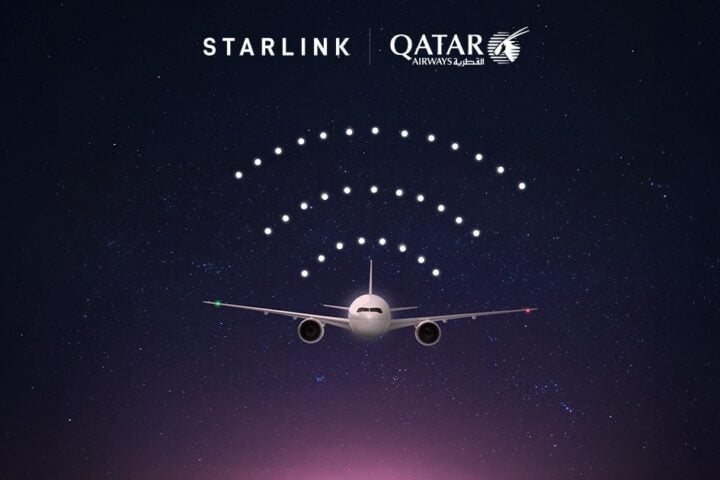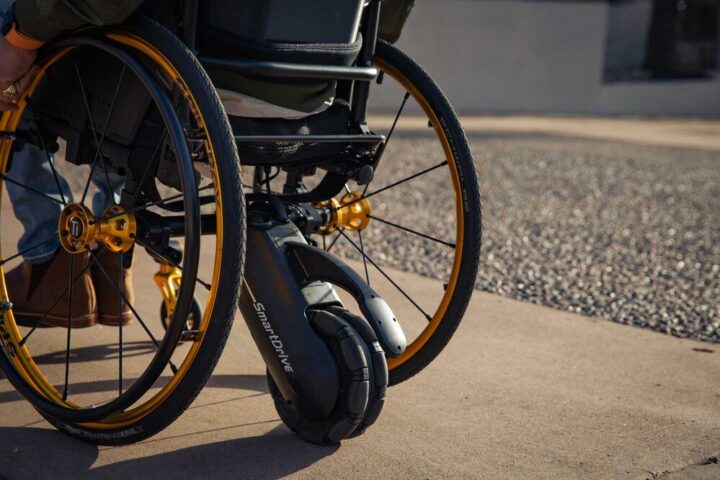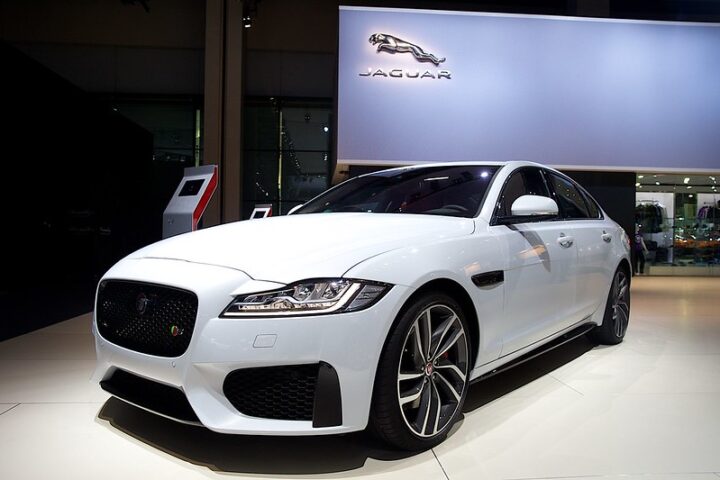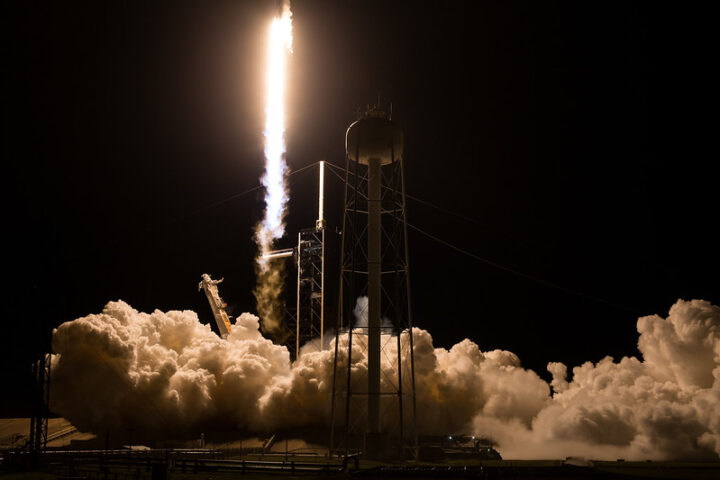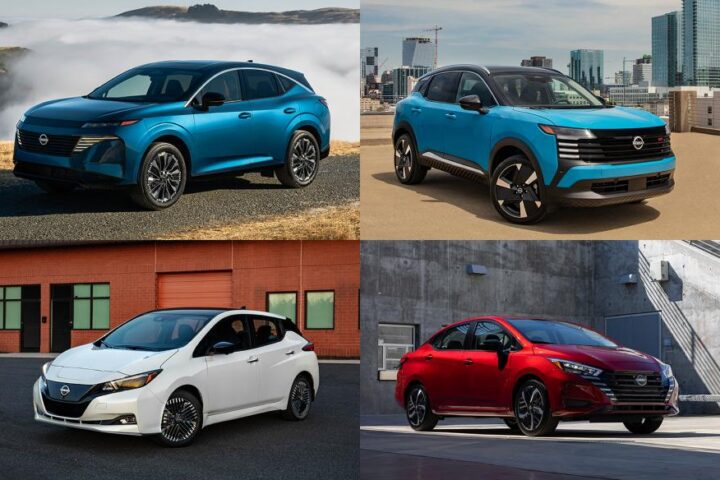In a move that’s accelerating the shift toward autonomous mobility, Honda, GM, and Cruise have recently inked a Memorandum of Understanding. They’re not just shifting gears; they’re plotting a new course with plans to launch a driverless ride service in Japan by 2026. This isn’t just about getting from point A to B; it’s about blazing a trail for the future of transportation.
Under the Hood: The Cruise Origin Experience
At the heart of this venture is the Cruise Origin, a vehicle that’s not just metal and wheels but a new definition of travel. Developed collaboratively by GM, Cruise, and Honda, this vehicle is purpose-built for autonomy. It’s not about having a driver; it’s about experiencing the journey. With no driver’s seat or steering wheel, the Origin is crafted for comfort, offering a lounge-like space that promises privacy and a new kind of communal travel experience.
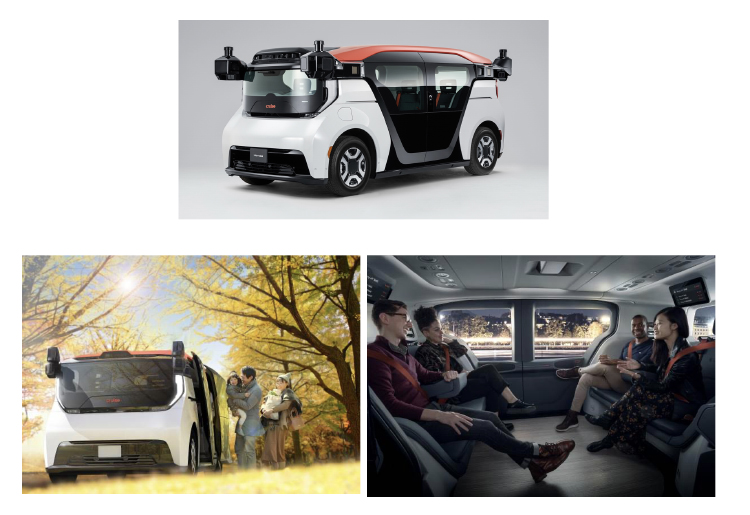
The Launch Pad: Tokyo’s Streets
The service is set to debut in Tokyo, a city that’s no stranger to innovation. But this isn’t a test run; the plan is to go big, starting with dozens of Origins and scaling up to a fleet of 500. And while Tokyo is the starting line, it’s not the finish. The service is set to expand, reaching beyond the city to new horizons.
Voices of Vision: What the Experts Are Saying
Kyle Vogt, CEO of Cruise, is revved up about the venture, stating, “We’re excited to offer safer and more accessible transportation to customers in Tokyo. Our work in the US positions us well to address the huge opportunity for autonomous vehicles in Japan.” Mary Barra, CEO of GM, shares this enthusiasm, highlighting the profound benefits of AVs, from safety to accessibility, and the innovation this partnership is driving forward. Toshihiro Mibe, CEO of Honda, sees this as more than a business venture—it’s about creating “joy and freedom of mobility” and a significant stride toward an advanced mobility society.
Similar Posts
Roadblocks Ahead: Challenges and Realities
But the road ahead isn’t without its bumps. Launching in Tokyo’s complex traffic environment is no small feat. Yet, the trio is confident, with Vogt acknowledging the challenge but emphasizing the joint effort to make this vision a reality.
In the Rearview: The Journey So Far
The autonomous vehicle landscape has been evolving, with statistics indicating a promising future. The global autonomous car market is projected to experience significant growth from 2021 to 2026. By 2030, millions of autonomous vehicles are expected to be on the roads, transforming how we travel and connect.
The Bigger Picture: AVs Driving Change
The impact of autonomous vehicles extends beyond transportation. Studies suggest that AVs could prevent millions of accidents and save thousands of lives annually. They’re also set to enhance mobility for the elderly and persons with disabilities, significantly increasing miles traveled. Additionally, AVs offer environmental benefits, potentially reducing CO2 emissions by up to 8.2%.
Conclusion: Navigating the Future
This initiative by Honda, GM, and Cruise is steering us toward a new era. It’s not just about the technology; it’s about the societal shifts, the lives saved, the accessibility increased, and the environmental impacts reduced. As we approach 2026, all eyes will be on this venture, watching as it shifts from concept to reality, setting the pace in a global race toward autonomous mobility.


